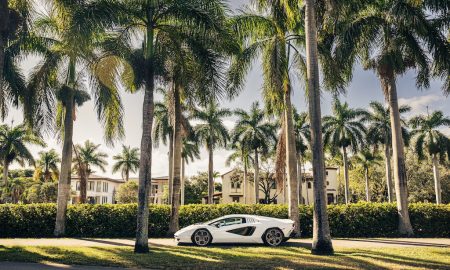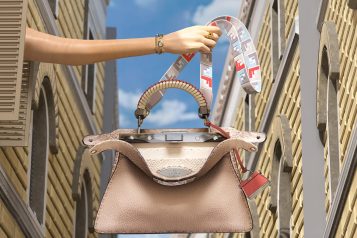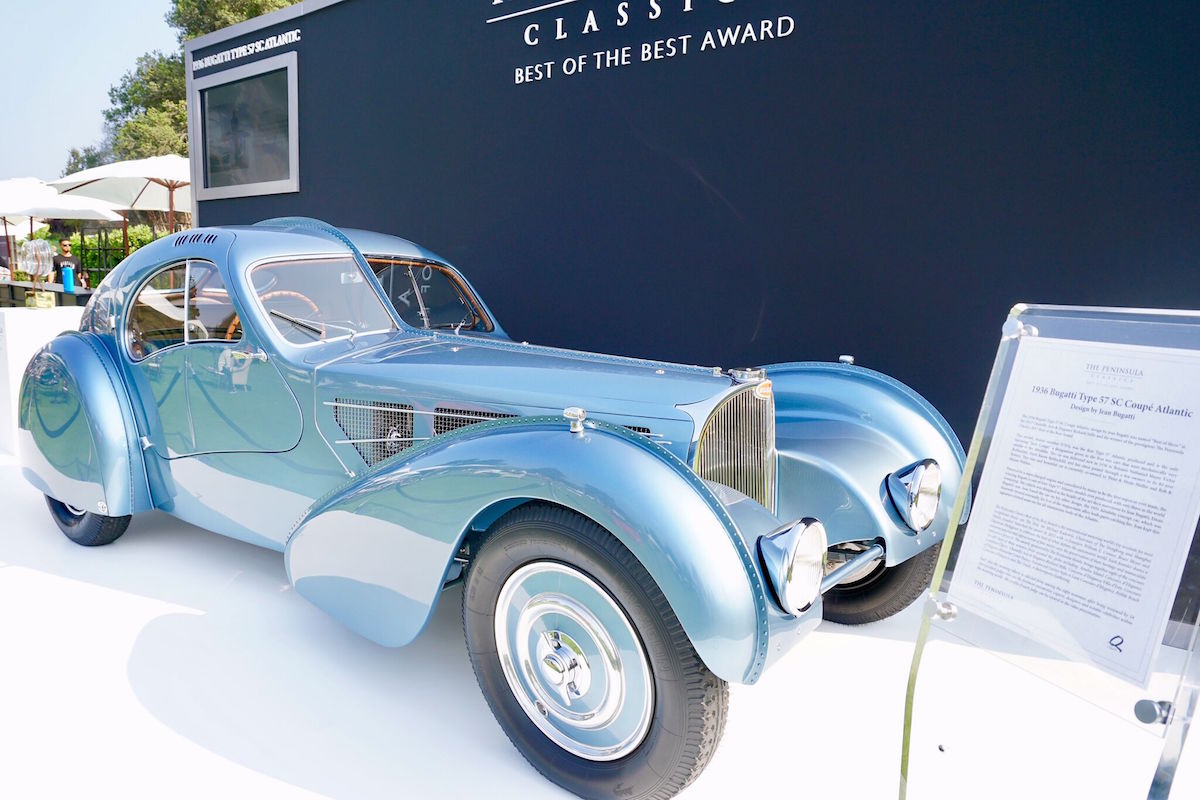
When compared to other collectible markets like wine, art, or watches, car collecting is relatively new. What started as a hobby of preservation turned into an investment opportunity when collector car auctions began in the 1970s. Today, the practice has evolved to the extent that classic car collections command respect and value equivalent to fine art.
Regarding investment, the collectible car market has been one of the most active performing categories of collectibles, with prices increasing 457% for the 10-year period between 2006 and 2016. However, it’s important to recognize that collectible markets tend to be volatile, and anticipating what will be considered valuable in the future is exceedingly tricky. What’s driving change in the collectible car market? Let’s take a look.
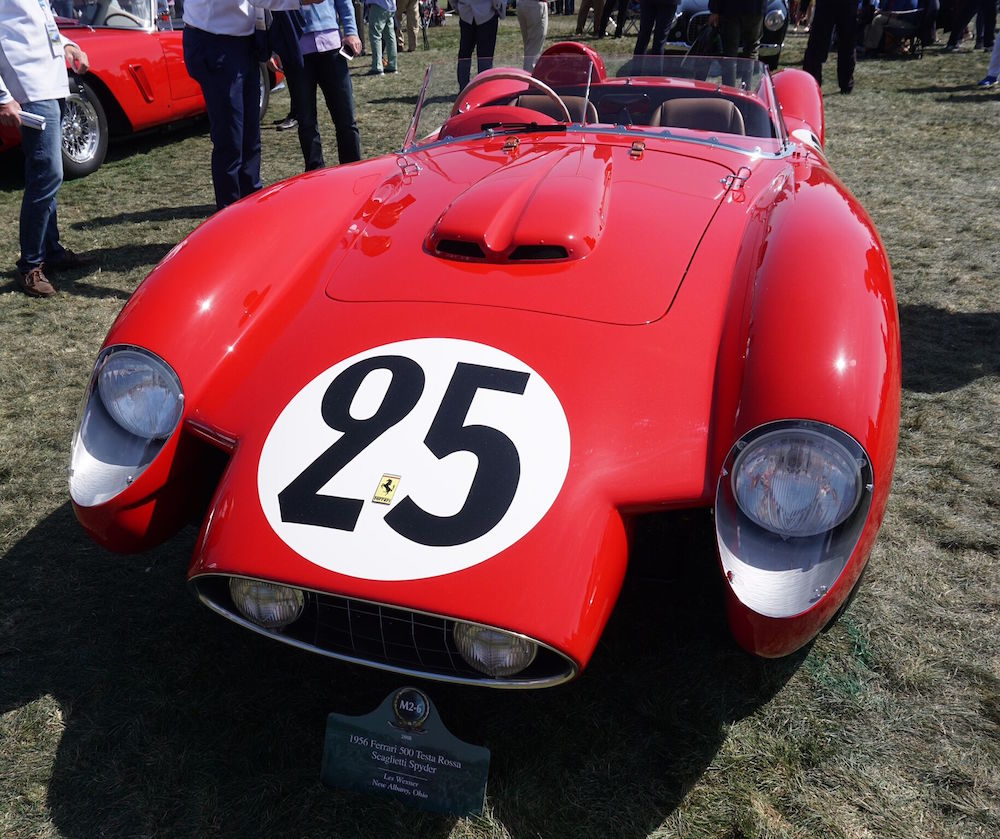
Photo Credit: Olivia Hsu Decker
As the generation with the highest levels of disposable income on hand, baby boomers have long driven the market for collectible cars; however, we may be starting to see a shift. Millennials have noticeably become more active in car collecting with 2017 being their strongest year ever. They tend to shun the fast, flashy cars preferred by their baby boomer parents in favor of vehicles with more character and utility.
Hagerty Insurance, the global leader for collector car insurance, noted a 21% increase in insurance quotes requested by millennials in 2016, compared to a 7.4% increase from boomers and 2% decline from pre-boomers. Hagerty also noted that in 2018, vintage trucks and affordable performance cars are topping the market, with Land Rover Defenders, Ford F-series pickups, and Chevy Monte Carlos as noted up-and-comers.
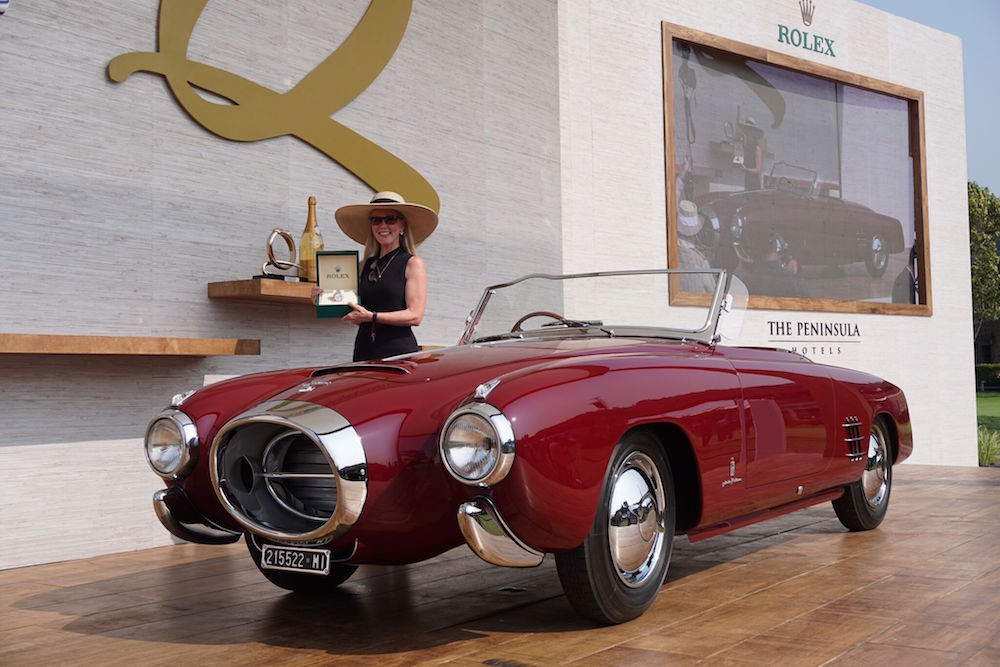
Photo Credit: Olivia Hsu DeckerThat said, The 1935 Duesenberg SSJ formerly owned by Gary Cooper sold for a jaw-dropping $22 million during the Gooding & Co. Pebble Beach auction, setting a record for the most valuable pre-war car ever sold at auction. It also appears to have become the most expensive American collector car ever sold at auction, eclipsing the very first Shelby Cobra ever made, which sold for $13.75 million in 2016. As with most collectibles, provenance (chain of ownership), scarcity, and enthusiasm at auction drives price.
If you’re interested in collecting cars, proceed with caution and be sure to remember the following before you buy.
• Do your research. Authenticity, originality, history, and provenance bring value to a vehicle. But scarcity can be a huge factor in the value of many other collectible cars. Talk to experts and attend events or join car clubs to research specific types of vehicles and get a better sense of the current collector’s market. Events like the Goodwood Revival and the Pebble Beach Concours d’Elegance or showrooms like Morris and Welford in Newport Beach are excellent places to meet experts and see what may be out there.
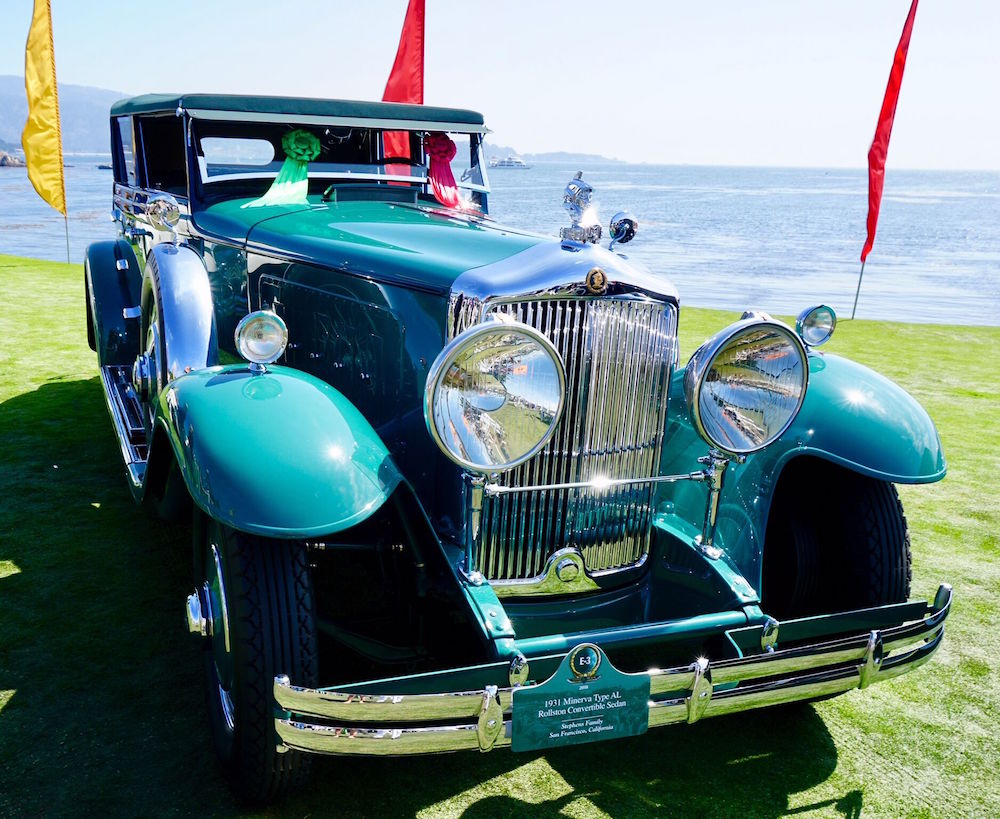
Photo Credit: Olivia Hsu Decker
• Know your budget. Not only will you spend money on the purchase of a collectible car, but any repairs, upkeep, storage, and insurance require additional investment. Maintaining a classic car’s function and the condition is essential to retaining its value.
• Plan for the future. Determine what will happen to your collection in the future. Are your children ready to take on the care, maintenance, and tax costs of your collection? Or are there opportunities to donate your collection making it possible to share it with future generations? Think through these questions and plan accordingly.











